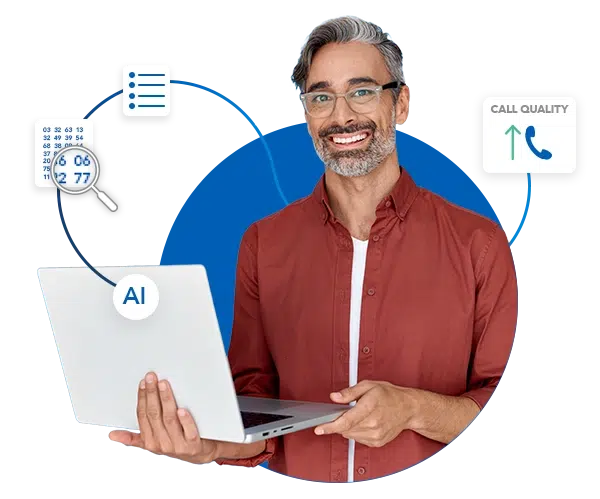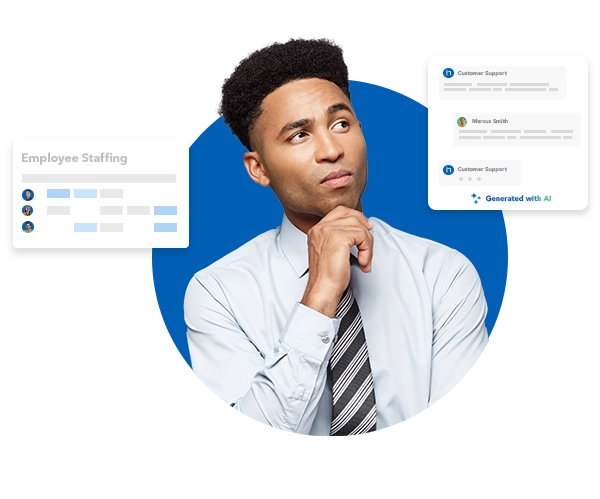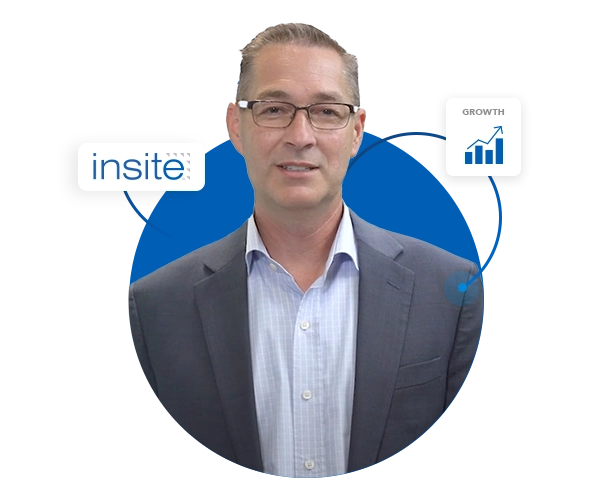In the bustling landscape of modern industry, the conversation about artificial intelligence (AI) often raises concerns about the future of jobs. Will AI take over? Are human roles in the contact center workplace destined for extinction? While these questions may cause apprehension, the reality is far more nuanced—and, arguably, more optimistic. AI is undeniably reshaping job roles, but it is not replacing people. Instead, it is creating a dynamic environment where human creativity and technological efficiency work hand in hand.
The Role of AI in Today’s Workplace
AI has become an indispensable tool in various sectors, from healthcare and finance to retail and manufacturing. Its ability to process vast amounts of data at lightning speed has turned it into an invaluable asset for tasks that require precision and efficiency. For instance, in healthcare, AI algorithms can analyze medical images more quickly and often with greater accuracy than a human can, assisting doctors in diagnosing diseases. In finance, AI-driven analytics facilitate data-driven investment decisions. But is AI making human jobs obsolete? Not quite.
Collaboration, Not Replacement: The Human Edge in the Age of AI
The key is augmentation, not replacement. AI excels at handling repetitive, time-consuming tasks that often weigh down human teams—whether it’s managing data, routing inquiries, or handling straightforward customer requests. By automating these routine activities, AI gives people the freedom to focus on more strategic, creative, and emotionally intelligent work.
This shift is especially valuable in environments like contact centers, where AI can quickly resolve simple interactions while enabling agents to devote more time to complex issues that require empathy, problem-solving, and critical thinking. The result? Better experiences for both customers and employees.
The same principle applies across industries. In creative fields, AI might streamline workflows or suggest ideas, but it still lacks the nuanced understanding and emotional depth needed to craft meaningful stories or connections. When humans and AI collaborate, organizations unlock the best of both worlds—efficiency powered by technology and insight driven by humanity.
AI Is Creating New Roles—Not Just Replacing Old Ones
As AI continues to evolve, it’s not simply changing how we work—it’s reshaping the kinds of work we do. New roles are emerging across industries, from AI specialists and data scientists to automation engineers and prompt designers. These positions didn’t exist a decade ago, and they highlight how technology is expanding, not shrinking, the workforce.
Even in environments like contact centers, we’re seeing hybrid roles take shape—people who blend human insight with AI-driven tools to enhance decision-making, personalize customer interactions, and refine performance metrics. Roles such as AI trainers and AI ethics officers are also gaining importance, ensuring these systems are fair, effective, and aligned with organizational values.
The takeaway? The more AI advances, the more it needs humans to guide, interpret, and refine its impact.
Embracing Change: The Skillset Shift of the AI Era
Thriving in an AI-powered world requires more than technical know-how—it demands adaptability, curiosity, and a commitment to continuous learning. The employees and organizations that succeed will be those who see AI not as a threat, but as a partner in progress.
For businesses, that means fostering a culture of learning—investing in training programs that help people reskill, upskill, and grow alongside technology. Contact centers, for example, are already doing this by teaching agents how to interpret AI insights to improve customer experience and performance outcomes.
History reminds us that every major innovation—from automation to the internet—has sparked similar fears about job loss. Yet each wave has ultimately created new opportunities. AI is no different; it’s paving the way for a workforce that’s smarter, more agile, and more focused on what humans do best: thinking critically, solving creatively, and connecting empathetically.
The Future of Work With AI: Powered by AI, Driven by People
AI isn’t here to replace the human workforce—it’s redefining what’s possible. The future of work will depend on collaboration between people and technology, not competition. By allowing machines to handle the repetitive and the routine, we free ourselves to focus on innovation, strategy, and human connection.
In customer-driven industries like contact centers, this means AI can predict trends, streamline workflows, and surface insights—while human teams deliver empathy, understanding, and complex problem-solving. Together, they form a powerful partnership that enhances performance and customer satisfaction alike.
The path forward is clear: the most successful organizations will be those that embrace AI thoughtfully and empower their people to evolve alongside it. The tools may be new, but the driving force behind every breakthrough remains the same—human ingenuity.
Aligning the Right AI Technologies With Your People
At Insite, we help businesses and contact centers navigate this shift by aligning the right AI technologies with their people and processes—ensuring both employee and customer experiences are elevated, not disrupted. Through our comprehensive technology assessments, we identify the best-fit solutions—like conversational AI, intelligent virtual assistants (IVAs), knowledge management systems, and workforce engagement tools—that empower agents to do more meaningful work.
By streamlining low-value tasks and enhancing decision-making, these technologies free up teams to focus on what humans do best: building relationships, solving complex problems, and delivering superior customer service. As AI reshapes the future of work in contact centers, Insite ensures your organization is equipped not just to adapt, but to lead—with a tech stack that supports smarter service and more fulfilled teams and agents.
FREE EBOOK
Don’t Add AI Without Doing This First
AI can’t fix a broken tech stack. Learn how to evaluate your current tech stack and AI capabilities before making costly moves.
Get the eBook






